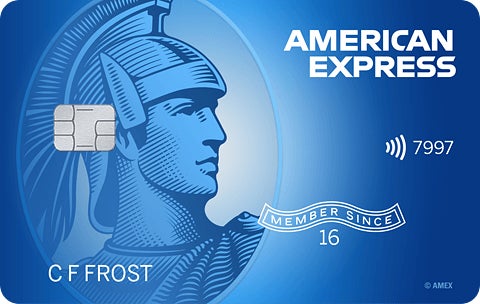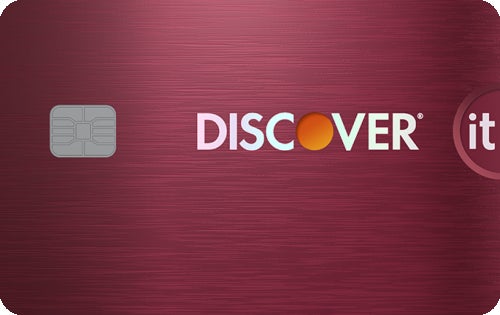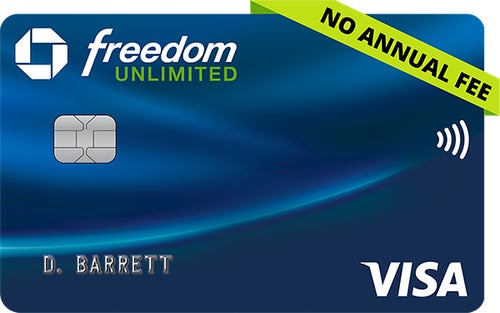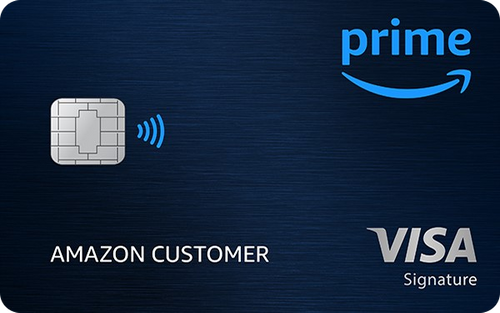| Cash Back Rating: | 4.3 / 5 |
| Rewards Value: | 4.0 |
| Annual Percentage Rate: | 4.0 |
| Rewards Flexibility: | 2.3 |
| Features: | 3.0 |
| Issuer Customer Experience | 4.0 |
In a Nutshell:
The Prime Visa card offers a great rewards rate on Amazon and Whole Food purchases, but Prime membership requires a high fee, so the card only makes sense if you’re already an Amazon fan.
Rewards Rate
|  |
Sign-up Bonus |  |
Annual Bonus |  |
Annual Fee |  |
APR |  |
Chase Customer Service Ratings
|  |
Other Notable Features: Purchase protection, extended warranty, baggage delay insurance, lost baggage insurance, no foreign transaction fees
The Prime Visa comes with a terrific mix of Amazon and everyday rewards, including an unlimited 5% rewards rate on Amazon.com and Whole Foods purchases as well as 5% back on Chase Travel purchases.
For current Amazon Prime subscribers, the Prime card is worth the hoopla. Indeed, if you spend heavily on Amazon.com or Whole Foods purchases, this could easily be one of the best rewards cards out there and certainly the best credit card for Amazon purchases.
However, you’ll need to shell out $139 for Amazon Prime membership just to obtain the card. While you can likely get far more than $139 worth of value out of Prime membership, the service doesn’t necessarily make sense for every cardholder.
Pros
- Points don’t expire as long as your account remains open
- No limits on how much cash back you can earn
- Redeem your points instantly for Amazon.com purchases or as a statement credit on your credit card bill
- Many other rewards options, including gift cards and travel
- No minimum required to redeem your points on Amazon.com (2,000 points required for cash back redemptions)
Cons
- No options to transfer rewards points
- You can only link your card to one Amazon Prime account to earn 5% rate
Why you might want the Prime Visa
The Prime Visa has a lot to offer, especially as a co-branded credit card. It has a respectable cash back rate and rewards are simple to redeem for either statement credits or Amazon purchases. It also offers a high level of consumer protections. Given the value, this card can be a great addition to your wallet if used correctly.
High rewards rate for Whole Foods and Amazon.com purchases
The unlimited 5% return on Amazon purchase is perhaps the best thing the card has to offer. While there are competing cards that also offer a 5% rewards rate on Amazon purchases, they come with seasonal restrictions and limit the 5% rate to the first $1,500 in purchases. This card also offers 2% back on restaurants, gas stations and local transit and commuting purchases (and 1% back on the remainder of your purchases), adding up to a high earning rate overall.
Cardholders who frequent Whole Foods will also see a substantial 5% percent cash back on their grocery store visits both online and at the register, making the Prime Visa a shoo-in as one of the best rewards card for groceries. Frequent shoppers with Whole Foods or Amazon Fresh can earn a substantial amount of rewards with the Prime Visa card. In fact, if you spend at least $2,780 at Whole Foods each year, your earnings with the card will offset the cost of your Prime Membership.
Solid purchase and travel protections
Most co-branded rewards cards — especially no-annual-fee co-branded cards — are light on travel and shopping protections. That’s not the case with the Prime Visa card. Cardholders will get the full suite of Visa Signature card benefits, including several perks to help safeguard purchases made online. The card guarantees zero fraud liability – which means you are never liable for unauthorized purchases made with your card.
Some of the most noteworthy perks of the Amazon Prime Rewards card include:
- Purchase protection – Your card covers you for 120 days against damage or theft on purchases, up to $500 per claim and $50,000 per account.
- Extended warranty protection – For eligible warranties of three years or less, your card will extend the warranty period by an additional year.
- No foreign transaction fees – The card doesn’t charge transaction fees on purchases made outside the U.S. (which means it also spares you a 2% to 3% fee for purchases on Amazon sites in foreign countries).
- Lost luggage reimbursement – The card covers you and your family members for checked and carry-on bags that are lost or damaged by a carrier – up to $3,000 per passenger.
- Baggage delay insurance – The card will reimburse for you essential purchases in case your luggage gets delayed while traveling – up to $100 per day up to three days, for delays of six hours or longer.
- Travel accident insurance – You’ll get up to $500,000 in coverage for accidental death or dismemberment while traveling.
Flexibility when redeeming rewards
If you don’t want to use your points for Amazon purchases, Amazon gives you a few other redemption options, including cash back, gift cards and travel rewards.
Points are worth 1 cent each no matter how they’re redeemed. There is no minimum redemption requirement when redeeming for Amazon purchases. Cardholders can also redeem their points for travel or for statement credits.
Why you might want a different card
While this card offers a lot in terms of benefits, it can be costly depending on how you use it and whether you already have or plan to have a Prime membership.
No Access to the Chase Ultimate Rewards portal
Though the Prime Visa is issued by Chase bank, cardholders won’t get access to the benefits included in the Chase Ultimate Rewards Portal. Rewards earned with the Prime Visa can’t be transferred to the Chase Ultimate Rewards program either.
Requires an Amazon Prime membership
If you’re not keen on shelling out the money for an Amazon Prime membership on an ongoing basis, it’s better to skip this card. That said, you can offset some of the cost of an Amazon Prime membership in your first year with the sign-up bonus (cardholders get a $100 Amazon gift card instantly upon approval), which may make the cost worth it, even if only to try out the service for one year.
For someone who already subscribes to Amazon Prime, an unlimited 5% rewards rate is icing on the cake. However, other applicants will need to weigh the value of Amazon Prime benefits before springing for the card. You’ll need to pay the $139 annual fee for an Amazon Prime membership before you apply, and, though Amazon Prime does offer very valuable benefits, the rewards that you earn from the card may not outweigh the membership fee.
Even when you factor in the gift card that Amazon offers to new cardholders, the $139 annual fee for Amazon Prime membership takes a chunk out of your potential rewards earnings after your first year. Depending on how much you typically spend with Amazon, you may be better off applying for a rotating rewards card that periodically offers 5% earnings on Amazon purchases and pairing this with a cash back card that offers a flat 1.5% to 2% cash back rate on general purchases.
How does the Prime Visa compare to other rewards cards?
If you’re looking for the best option for earning rewards on Amazon purchases, you can’t do much better than the Prime Visa card. Still, if you’re not prepared to spring for Prime membership, and you’re looking for a good alternative to the Prime card, you have a few other good options:
 |  |  |
Rewards rate
| Rewards rate
| Rewards rate
|
Welcome bonus
(Terms apply) | Welcome bonus | Sign-up bonus |
Annual fee
| Annual fee
| Annual fee
|
Other things to know
| Other things to know
| Other things to know
|
How to use the Prime Visa:
- Sign up for an Amazon Prime membership to apply for the card.
- Use the Prime card for all your Amazon, Amazon Fresh and Whole Foods purchases to earn the 5% bonus rate and take advantage of the purchase protections.
- Use your points at checkout on Amazon – you can instantly apply them with no minimum points required.
- You can use this card when you travel in foreign countries or shop on foreign sites without racking up foreign transaction fees.
- Use an online shopping portal such as eBates to stack up extra cash back on your Amazon purchases (yes, the rewards do stack with your card rewards).
Is the Prime Visa right for you?
If you do most of your online shopping at Amazon.com or spend most of your grocery budget with Amazon Fresh or at Whole Foods, this card is a solid choice. With 5% cash back at these stores and 2% back on other everyday spending at gas stations and restaurants, the card has the potential to be lucrative for the right cardholder. It also provides significant travel and purchase protections.
But if you don’t frequent Amazon.com or Whole Foods, you might be better off with a different rewards card.
All reviews are prepared by CreditCards.com staff. Opinions expressed therein are solely those of the reviewer and have not been reviewed or approved by any advertiser. The information, including card rates and fees, presented in the review is accurate as of the date of the review. Check the data at the top of this page and the bank’s website for the most current information.
Responses to comments in the discussion section below are not provided, reviewed, approved, endorsed or commissioned by our financial partners. It is not our partner’s responsibility to ensure all posts or questions are answered.
Partner Offer
